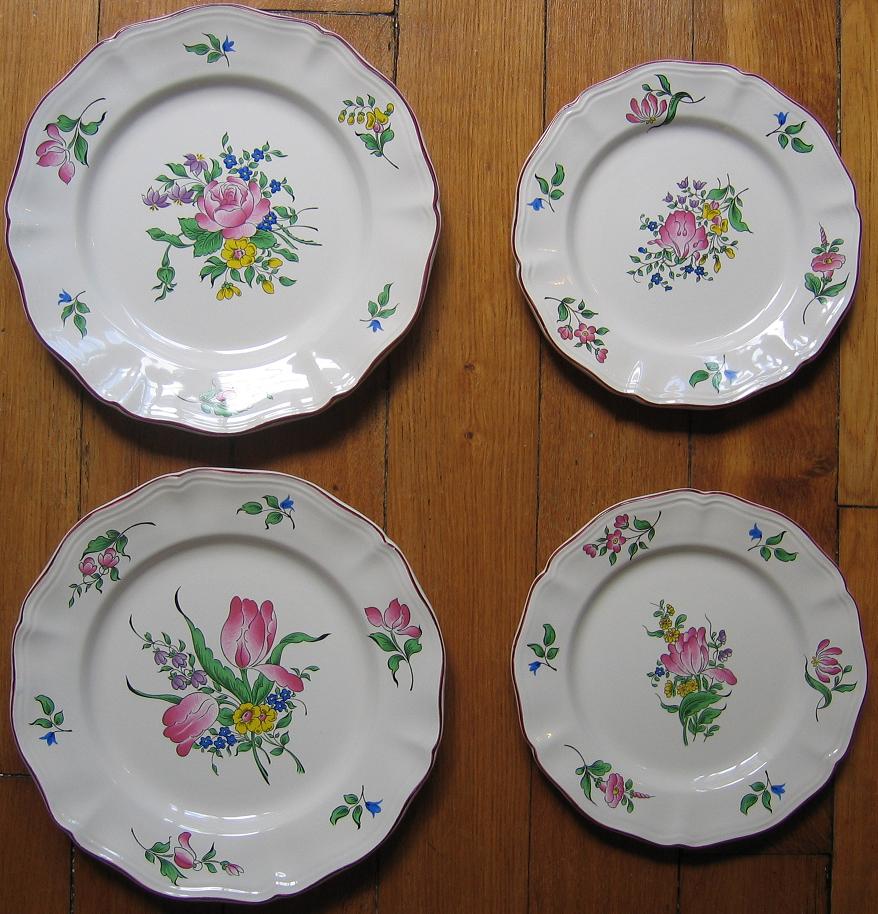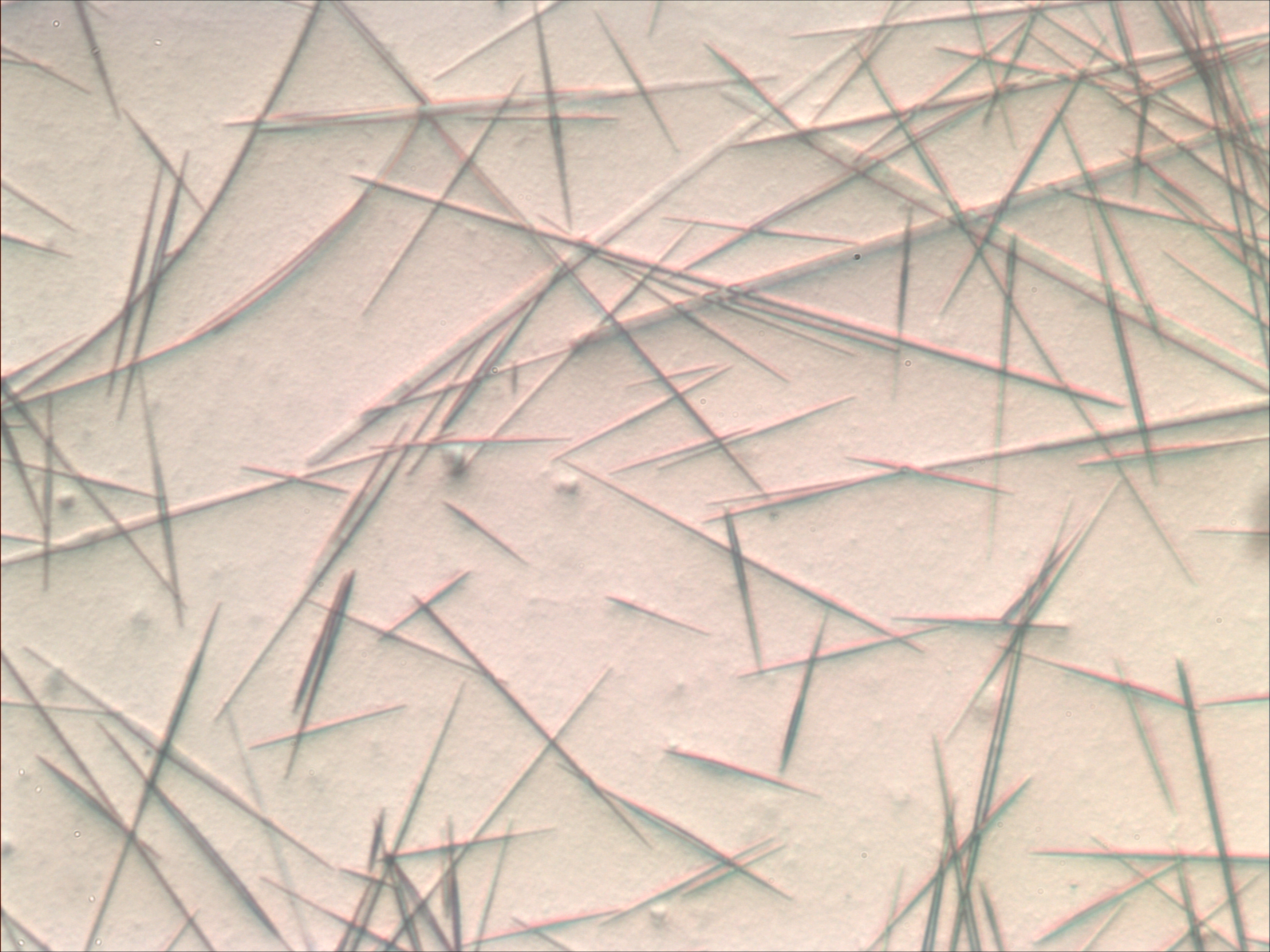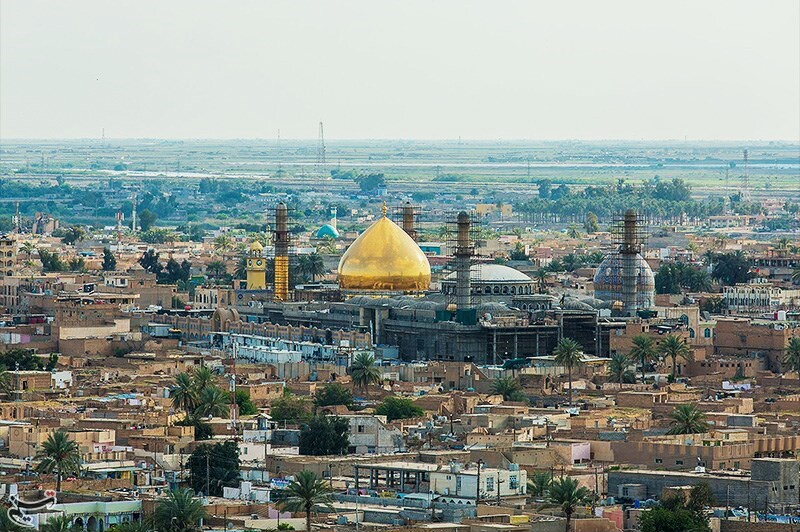|
Tin-glazing
Tin-glazing is the process of giving tin-glazed pottery items a ceramic glaze that is white, glossy and opaque, which is normally applied to red or buff earthenware. Tin-glaze is plain lead glaze with a small amount of tin oxide added.Caiger-Smith, Alan, ''Tin-Glaze Pottery in Europe and the Islamic World: The Tradition of 1000 Years in Maiolica, Faience and Delftware'', London, Faber and Faber, 1973 The opacity and whiteness of tin glaze encourage its frequent decoration. Historically this has mostly been done before the single firing, when the colours blend into the glaze, but since the 17th century also using overglaze enamels, with a light second firing, allowing a wider range of colours. Majolica, maiolica, delftware and faience are among the terms used for common types of tin-glazed pottery. An alternative is lead-glazing, where the basic glaze is transparent; some types of pottery use both. However, when pieces are glazed only with lead, the glaze becomes fluid ... [...More Info...] [...Related Items...] OR: [Wikipedia] [Google] [Baidu] |
Delftware
Delftware or Delft pottery, also known as Delft Blue () or as delf, is a general term now used for Dutch tin-glazed earthenware, a form of faience. Most of it is blue and white pottery, and the city of Delft in the Netherlands was the major centre of production, but the term covers wares with other colours, and made elsewhere. It is also used for similar pottery, English delftware. Delftware is one of the types of tin-glazed pottery or faience in which a white glaze is applied, usually decorated with metal oxides, in particular the cobalt oxide that gives the usual blue, and can withstand high firing temperatures, allowing it to be applied under the glaze. Delftware forms part of the worldwide family of blue and white pottery, using variations of the plant-based decoration first developed in 14th-century Chinese porcelain, and in great demand in Europe. Delftware includes pottery objects of all descriptions, such as plates, vases, figurines and other ornamental forms and ... [...More Info...] [...Related Items...] OR: [Wikipedia] [Google] [Baidu] |
Tin-glazed Pottery
Tin-glazed pottery is earthenware covered in lead glaze with added tin oxide which is white, shiny and opaque (see tin-glazing for the chemistry); usually this provides a background for brightly painted decoration. It has been important in Islamic and European pottery, but very little used in East Asia. The pottery body is usually made of red or buff-colored earthenware and the white glaze imitated Chinese porcelain. The decoration on tin-glazed pottery is usually applied to the unfired glaze surface by brush with metallic oxides, commonly cobalt oxide, copper oxide, iron oxide, manganese dioxide and antimony oxide. The makers of Italian tin-glazed pottery from the late Renaissance blended oxides to produce detailed and realistic polychrome paintings. The earliest tin-glazed pottery appears to have been made in Iraq in the 9th century, the oldest fragments having been excavated during the First World War from the palace of Samarra about fifty miles north of Baghdad.Caiger ... [...More Info...] [...Related Items...] OR: [Wikipedia] [Google] [Baidu] |
Tin Dioxide
Tin(IV) oxide, also known as stannic oxide, is the inorganic compound with the formula SnO2. The mineral form of SnO2 is called cassiterite, and this is the main ore of tin. With many other names, this oxide of tin is an important material in tin chemistry. It is a colourless, diamagnetic, amphoteric solid. Structure Tin(IV) oxide crystallises with the rutile structure. As such the tin atoms are six coordinate and the oxygen atoms three coordinate. SnO2 is usually regarded as an oxygen-deficient n-type semiconductor. Hydrous forms of SnO2 have been described as stannic acid. Such materials appear to be hydrated particles of SnO2 where the composition reflects the particle size. Preparation Tin(IV) oxide occurs naturally. Synthetic tin(IV) oxide is produced by burning tin metal in air. Annual production is in the range of 10 kilotons. SnO2 is reduced industrially to the metal with carbon in a reverberatory furnace at 1200–1300 °C. Reactions The reaction from tin(IV) ... [...More Info...] [...Related Items...] OR: [Wikipedia] [Google] [Baidu] |
Hispano-Moresque Ware
Hispano-Moresque ware is a style of initially Islamic pottery created in Al-Andalus (Muslim Iberia), which continued to be produced under Christian rule in styles blending Islamic and European elements. It was the most elaborate and luxurious pottery being produced in Europe until the Italian maiolica industry developed sophisticated styles in the 15th century, and was exported over most of Europe. The industry's most successful period was the 14th and 15th centuries. Around 711, the Moors conquered part of Spain. Over the following centuries, they introduced two ceramic techniques to Europe: glazing with an opaque white tin-glaze, and lustreware, which imitates metallic finishes with iridescent effects. Hispano-Moresque wares use both processes, applying the paint as an overglaze which is then fired again. Lustreware was a speciality of Islamic pottery, at least partly because the use of drinking and eating vessels in gold and silver, the ideal in ancient Rome and ... [...More Info...] [...Related Items...] OR: [Wikipedia] [Google] [Baidu] |
Lusterware
Lustreware or lusterware (the respective spellings for British English and American English) is a type of pottery or porcelain with a metallic glaze that gives the effect of iridescence. It is produced by metallic oxides in an overglaze finish, which is given a second firing at a lower temperature in a " muffle kiln", or a reduction kiln, excluding oxygen. The technique of lustreware on pottery was first developed in Mesopotamia (modern Iraq) in the early 9th century. Initially mostly decorated with geometric patterns, by the 10th century an Iraqi style with the design dominated by one or two large figures developed. After the Fatimid conquest of Egypt in 969, it became a great centre of lustreware production until the Fatimid Caliphate fell in 1171, soon after the potter's quarter of the capital Fustat (Cairo) was burned in 1169. It is thought that the Fustat potters dispersed to both Syria and Persia, and lustreware appears there about this time; later the devastating conque ... [...More Info...] [...Related Items...] OR: [Wikipedia] [Google] [Baidu] |
Abbasid Empire
The Abbasid Caliphate or Abbasid Empire (; ) was the third caliphate to succeed the Islamic prophet Muhammad. It was founded by a dynasty descended from Muhammad's uncle, Abbas ibn Abd al-Muttalib (566–653 CE), from whom the dynasty takes its name. After overthrowing the Umayyad Caliphate in the Abbasid Revolution of 750 CE (132 AH), they ruled as caliphs based in modern-day Iraq, with Baghdad being their capital for most of their history. The Abbasid Revolution had its origins and first successes in the easterly region of Khurasan, far from the Levantine center of Umayyad influence. The Abbasid Caliphate first centered its government in Kufa, modern-day Iraq, but in 762 the caliph al-Mansur founded the city of Baghdad as the new capital. Baghdad became the center of science, culture, arts, and invention in what became known as the Golden Age of Islam. By housing several key academic institutions, including the House of Wisdom, as well as a multiethnic and multi-rel ... [...More Info...] [...Related Items...] OR: [Wikipedia] [Google] [Baidu] |
Stoneware
Stoneware is a broad class of pottery fired at a relatively high temperature, to be impervious to water. A modern definition is a Vitrification#Ceramics, vitreous or semi-vitreous ceramic made primarily from stoneware clay or non-refractory fire clay.Arthur Dodd & David Murfin. ''Dictionary of Ceramics''; 3rd edition. The Institute of Minerals, 1994. This definition excludes stone vessels that are carving, carved from a solid chunk of rock (geology), stone. End applications of stoneware include tableware and ceramic art, decorative ware such as vases. Stoneware is fired at between about to . Historically, reaching such temperatures was a long-lasting challenge, and temperatures somewhat below these were used for a long time. It was developed independently in different locations around the world, after earthenware and before porcelain. Stoneware is not recognised as a category in traditional East Asian terminology, and much Asian stoneware, such as Chinese Ding ware for exampl ... [...More Info...] [...Related Items...] OR: [Wikipedia] [Google] [Baidu] |
Dutch Delft Tile Topsham
Dutch or Nederlands commonly refers to: * Something of, from, or related to the Netherlands ** Dutch people as an ethnic group () ** Dutch nationality law, history and regulations of Dutch citizenship () ** Dutch language () * In specific terms, it reflects the Kingdom of the Netherlands ** Dutch Caribbean ** Netherlands Antilles Dutch may also refer to: Places * Dutch, West Virginia, a community in the United States * Pennsylvania Dutch Country People Ethnic groups * Pennsylvania Dutch, a group of early German immigrants to Pennsylvania Specific people * Dutch (nickname), a list of people * Johnny Dutch (born 1989), American hurdler and field athlete * Dutch Schultz (1902–1935), American mobster born Arthur Simon Flegenheimer * Dutch Mantel, ring name of American retired professional wrestler Wayne Maurice Keown (born 1949) * Dutch Savage, ring name of professional wrestler and promoter Frank Stewart (1935–2013) Arts, entertainment, and media Fictional characters * ... [...More Info...] [...Related Items...] OR: [Wikipedia] [Google] [Baidu] |
Samarra
Samarra (, ') is a city in Iraq. It stands on the east bank of the Tigris in the Saladin Governorate, north of Baghdad. The modern city of Samarra was founded in 836 by the Abbasid caliph al-Mu'tasim as a new administrative capital and military base. In 2003 the city had an estimated population of 348,700. During the Iraqi Civil War (2006–08), Samarra was in the " Sunni Triangle" of resistance. The archeological site of Samarra still retains much of the historic city's original plan, architecture and artistic relics. In 2007, UNESCO designated it a World Heritage Site. History Prehistoric Samarra The remains of prehistoric Samarra were first excavated between 1911 and 1914 by the German archaeologist Ernst Herzfeld. Samarra became the type site for the Samarra culture. Since 1946, the notebooks, letters, unpublished excavation reports and photographs have been in the Freer Gallery of Art in Washington, D.C. The civilization flourished alongside the Ubaid per ... [...More Info...] [...Related Items...] OR: [Wikipedia] [Google] [Baidu] |







